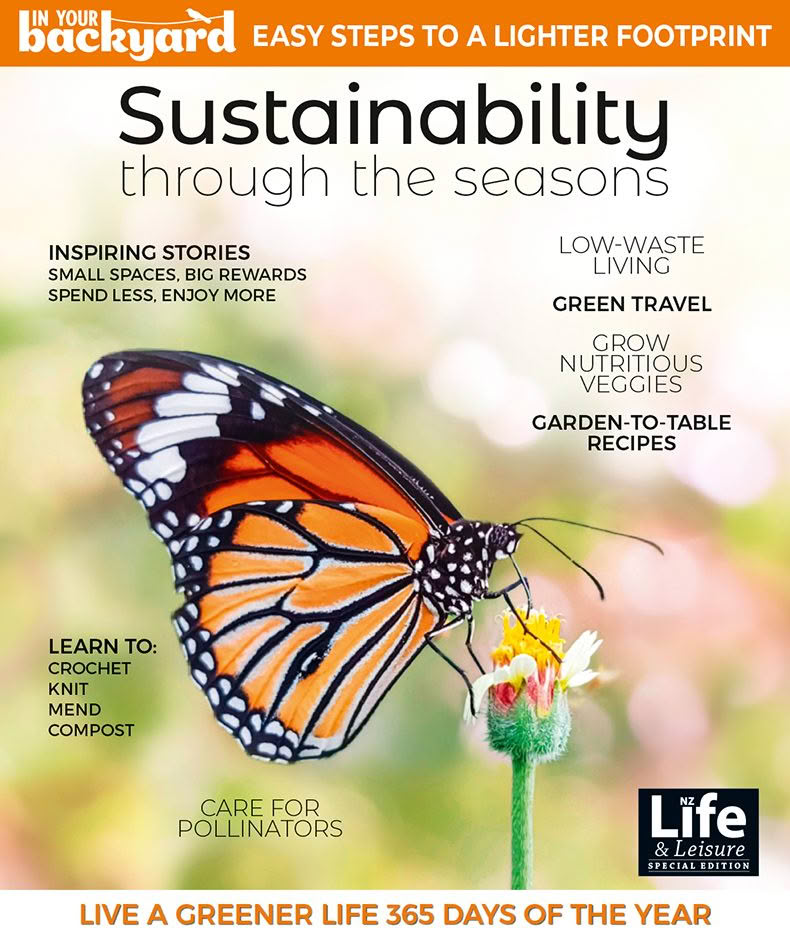DIY: How to make beeswax wraps at home
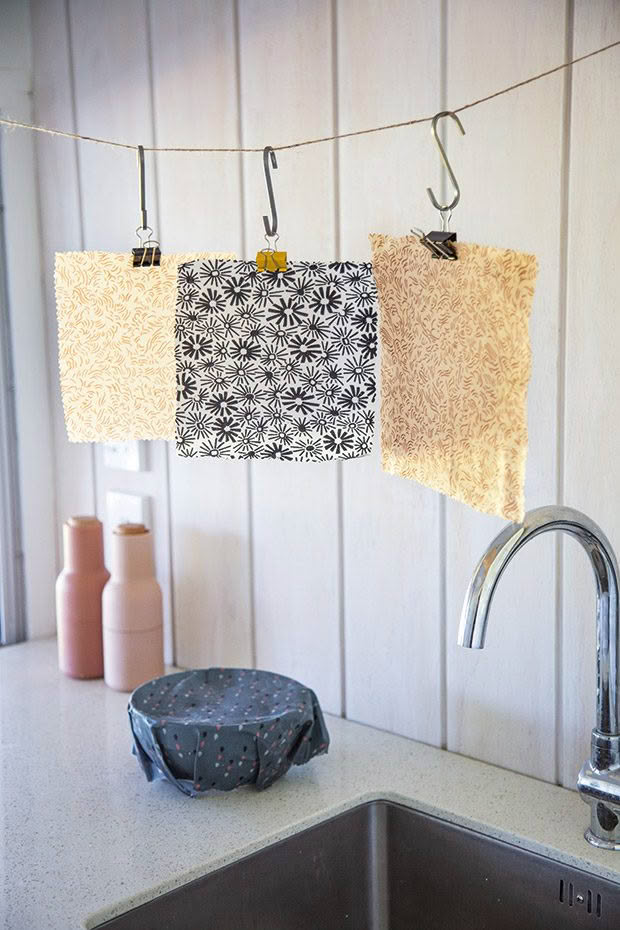
Beeswax wraps are a great alternative to clingwrap to cover food and keep it fresh. They can be made at home easily using wax chips, pine rosin and a few household tools.
Words & photos: Sheryl Burson
Before starting, decide on the size of the fabric pieces. 33cm x 35cm is a useful size. 17cm x 17cm is great for leftover fruits, avocados, etc. A 52cm x 30cm works well for small baguettes.
This “recipe” should be enough for 10 squares, 30cm x 30cm each. Measure and mark the fabric with a ruler and cut with crimping scissors to prevent fraying. Iron smooth.
Tip: To keep wax wraps clean, rinse in lukewarm water and mild dishwashing liquid. Alternatively, use a sponge or a cloth to wipe them. Hang to dry.
MATERIALS
• Saucepan
• Mortar & pestle
• 20g pine rosin
• 100g white beeswax
• 50ml jojoba oil
• Pyrex jug
• 100% cotton fabric cut to desired sizes (preferably with crimping scissors)
• Ruler
• An old towel
• Greaseproof paper
• Paintbrush (new, 2-inch is ideal)
• Iron
INSTRUCTIONS
Step 1: Bring a medium saucepan of water to the boil and then reduce to a simmer. In a mortar and pestle, grind the pine rosin to a fine, lump-free powder.
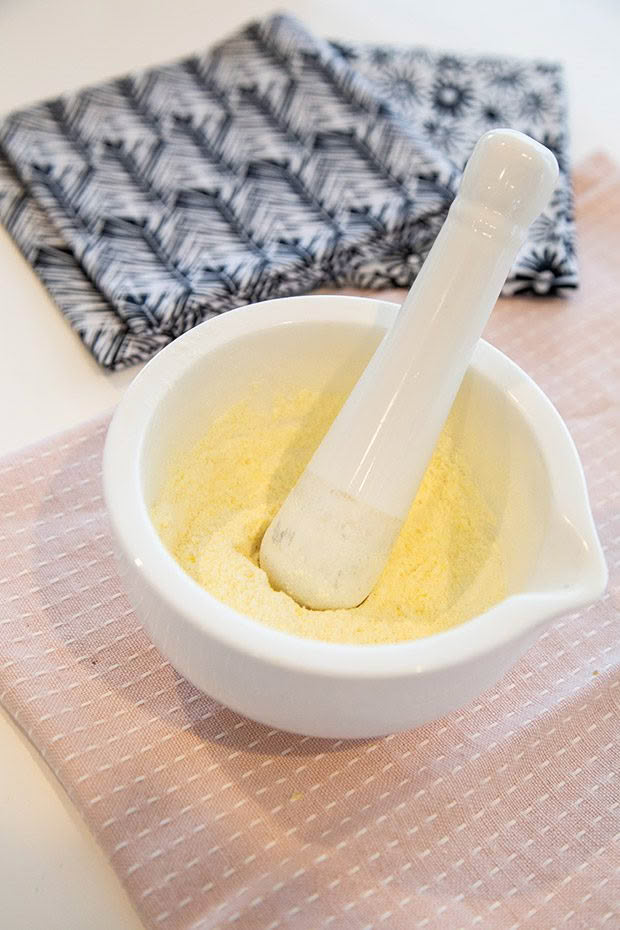
Step 2: Empty the beeswax, oil and pine rosin powder into a Pyrex jug and put the jug into the hot water, hooking the handle over the outside of the pan to create a double-boiler. Melt the ingredients.
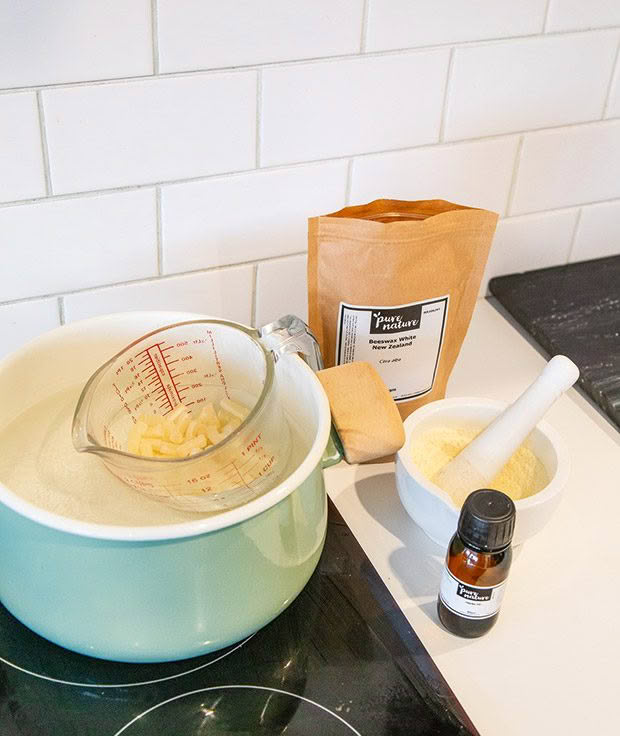
Step 3: Place a few sheets of greaseproof paper on a towel then lay one of the cotton squares on top. Put the jug with the melted mixture on a heatproof mat close by. Leave the water to continue simmering.
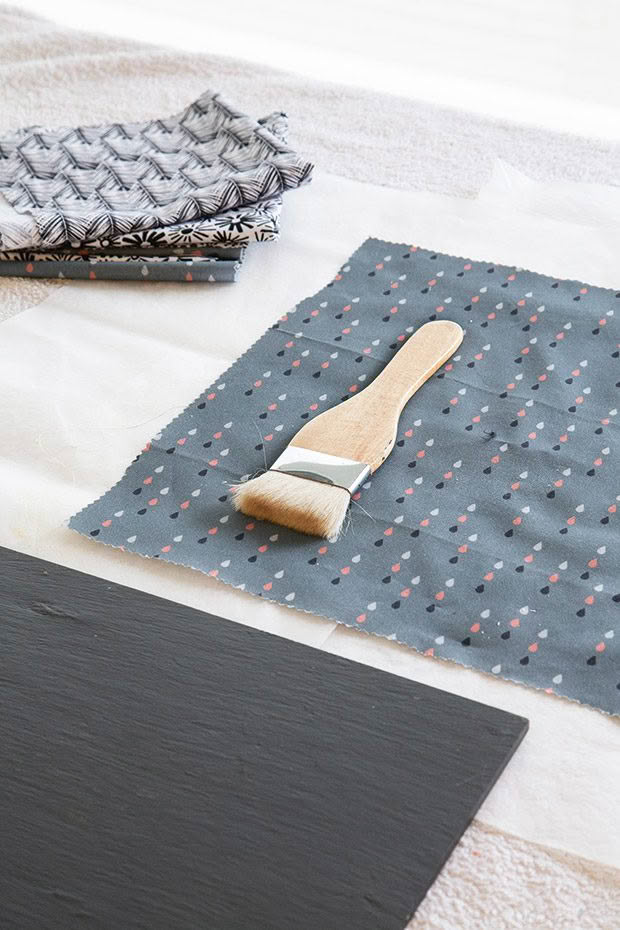
Step 4: Brush the wax over the fabric, stroking as quickly and evenly as possible. Return the jug to the pan as often as necessary to keep the wax liquid. (Keep re-dipping the brush into the warm wax for easy application.)
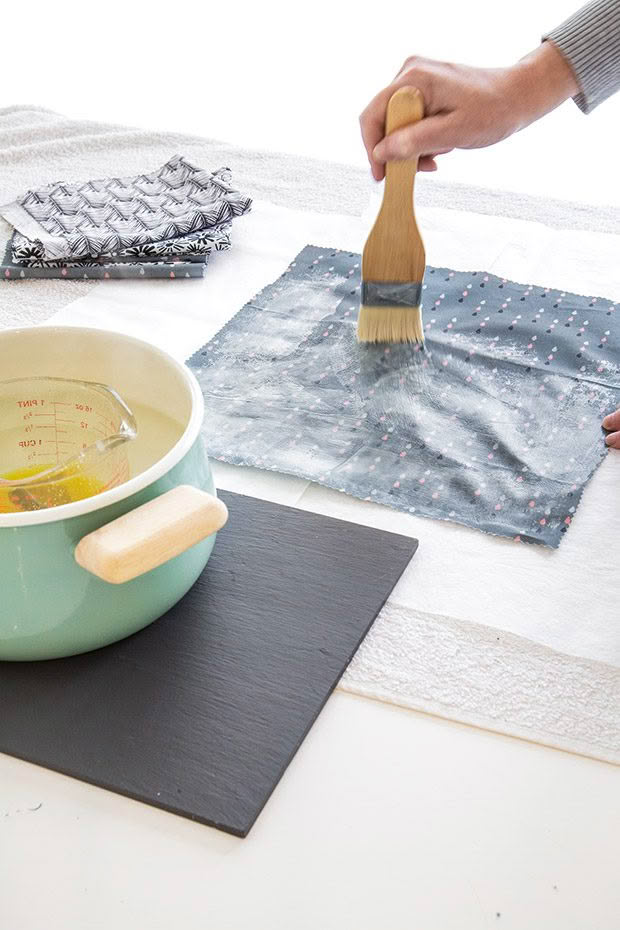
Step 5: To ensure the wax coating is even, place a few more sheets of greaseproof paper on top of the fabric and then iron over it.
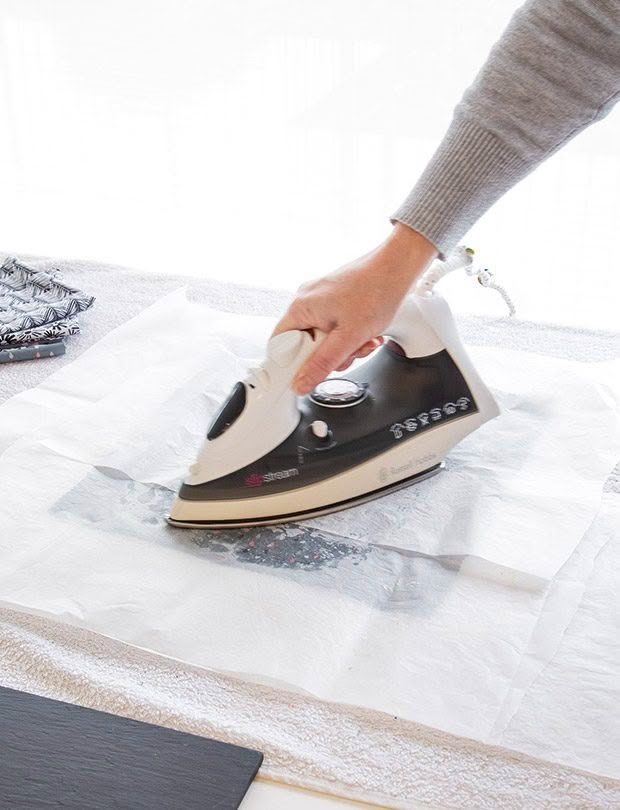
Step 6: Peel the wrap from the greaseproof paper. Let it cool and lay on a flat surface to set.
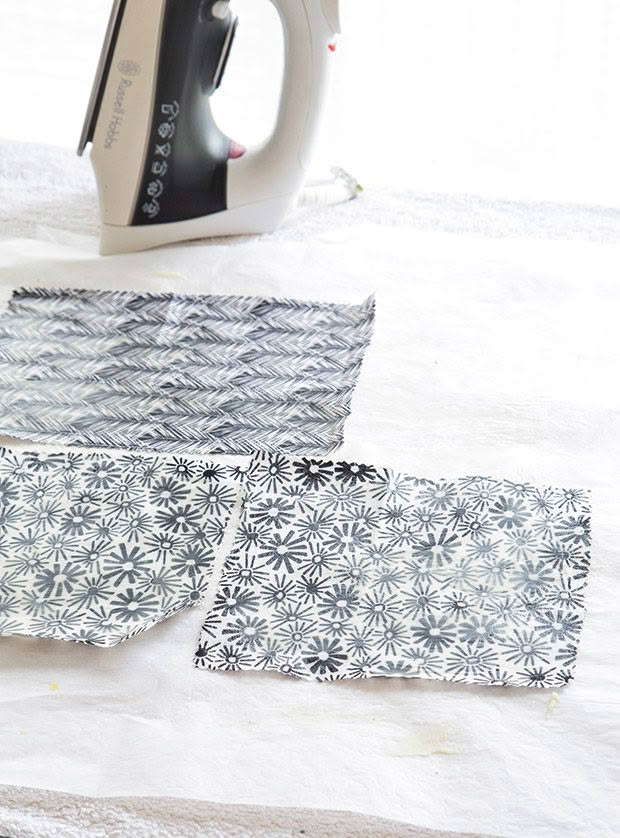
This is an extract from special edition, Sustainability Through the Seasons. This special edition practical guide to living a greener and more environmentally friendly life 365 days of the year. It is packed with self-sufficiency tips on seasonal gardening, low-waste living, garden-to-table cooking, sewing and mending, bread-making and crochet and knitting.
MORE HERE
